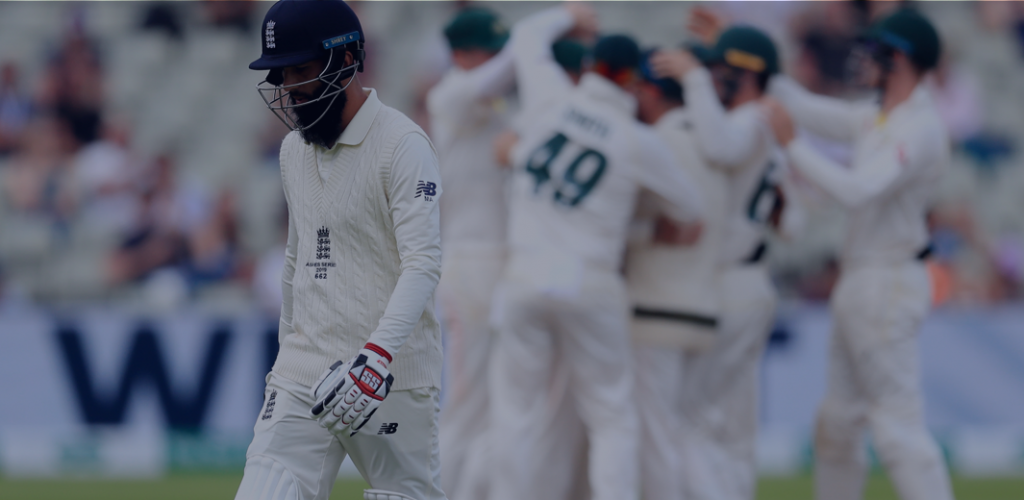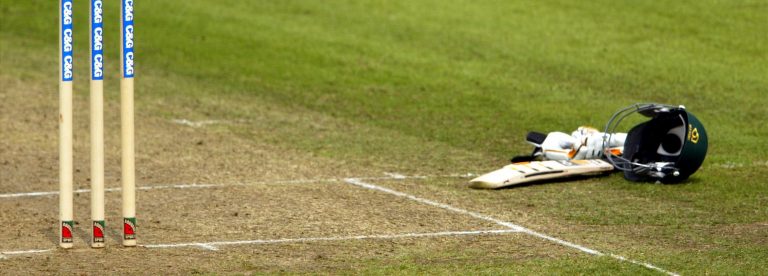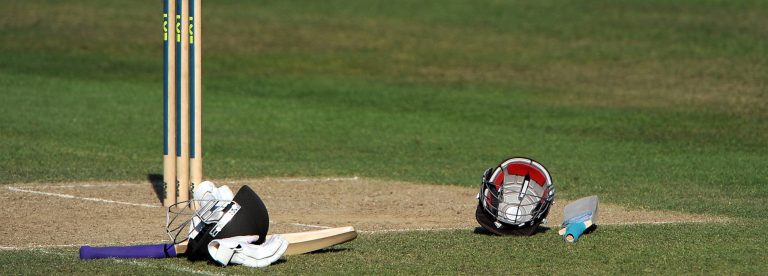Cricket
Diet of a Cricket Athlete

Cricket is a game of skill. Following the introduction of Twenty20 (T20) cricket, we now see three different formats of the game, each bringing their own range of challenges for players.
Games can last anywhere from 3-7 hours, be continued over 4-5 days, and at an elite level, are often played overseas in hot conditions. Nutrition and hydration needs can vary from player to player too.
Work rates differ between formats, with T20 matches the most explosive and intense, and Test matches demanding a higher level of endurance, and long periods of concentration.
There are also differences in player demand, with fast bowlers generating the highest workload, covering distances of up to 15km a day. Added to that, players only find out around 30-45 minutes before the game whether they are to bat or field first. All of these factors create challenges in player nutrition.
Not only have we looked at the diets of top cricketers, but we’ve also spoken to Louise Sutton, Head of Sport and Exercise Nutrition at the Carnegie School of Sports, Leeds Beckett University, and registered Sport and Exercise Nutritionist Ted Munson, who shared their top nutrition tips for cricket players with us.
Competition formats
Twenty20 (T20): This is the short version of the game where teams play one innings, usually in the late afternoon/early evening, with a maximum of 20 overs per side. A typical game will last approximately 3 hours with a 10-20 minute tea break interval.
One-Day game: Also referred to as limited overs cricket, this is where teams play one innings with a maximum of 50 overs per side. A typical game will last around 6 hours and have a slightly longer tea break.
Typical Meal for a Cricket Player
Typical daily meal plan for a Cricket player could look like the below:
| Breakfast | Lunch | Snack | Dinner |
|---|---|---|---|
| Porridge | Large mackerel fillet | Oatcakes with low-fat cheese | Steak |
| Fresh juice | 100g mixed nuts and seeds | Banana | Dry roasted sweet potato |
| Mixed salad | Vegetables | ||
| Low-fat, low-sugar yoghurt |
Five top nutrition tips for cricketers
1. A balanced and varied diet is key
An important focus for any player, is to ensure that a balanced and varied diet underpins your ability to be able to vary your food and fluid intake, depending on the game format and intensity of play. Aim to eat a healthy, balanced and varied diet at all times.
2. Plan ahead
Planning ahead is important, particularly as training or matches can run over mealtimes. Be prepared, and pack healthy snacks and drinks to ensure nutritious foods and fluids are available throughout the day. Don’t rely on what you might be provided with at the host venue. Bagels, wraps, cereal bars, fresh and dried fruit are suitable choices.
3. Optimise hydration
When play is long and in hot conditions, fluid losses can be significant. Make sure you start the game well hydrated, particularly if fielding first, as access to fluid may be limited for extended periods. It can be helpful to track your fluid loss by weighing yourself between innings. Every kilogram lost is roughly equivalent to a 1 litre loss of fluid.
4. Watch your weight
Whilst refuelling optimally is important – especially for the longer formats of the game played over repeated days – choose carefully at the post match buffet. Cricket can involve long periods of low intensity activity, and players can often find themselves gaining unwanted weight if post-match food consumption is not carefully managed.
5. Pay attention to post match recovery
The recovery process after a match is vital for cricketers. It’s important to concentrate on rehydrating and refuelling with carbohydrate-rich foods and fluids.
Sources
Breakfast: Steve Smith
Lunch: Steve Smith
Snack: Steve Smith
Dinner: Steve Smith







